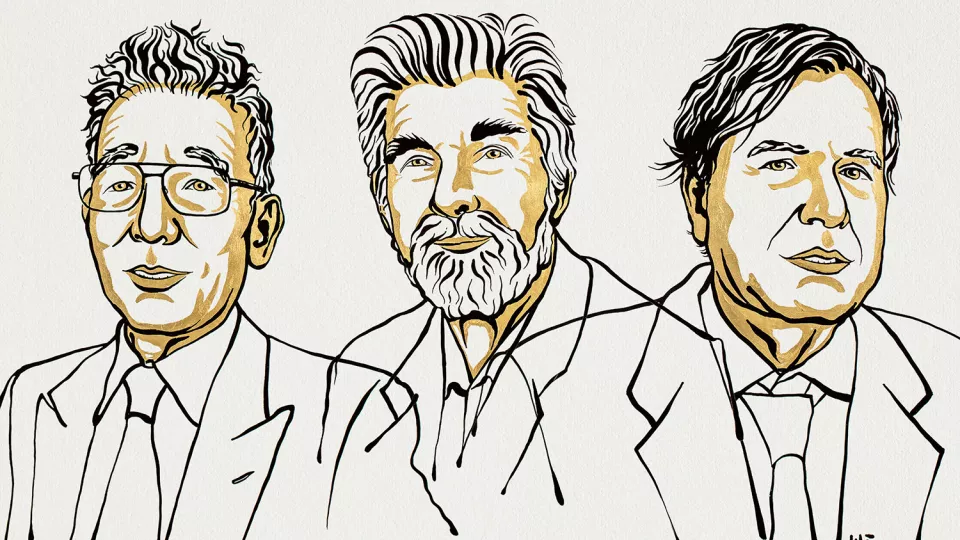Birgitta Svenningsson and Deliang Chen are happy about the choice of awardees.
- This prize is important since it declares that the models have their base in fundamental understanding for the physic of the atmosphere and earth system physic says Birgitta Svenningsson vice coordinator of MERGE.
Climate is one of societies largest questions. This year’s Nobel Prize in Physics put a special focus on our climate and highlight that we already had the knowledge about the risk with increasing greenhouse gases long time before we saw the climate changes of today and that we expect will increase in the future. The basic physiological understanding was there long before we saw the effects.
The newly released IPCC report clearly states that humans are the reason of the global climate heating. The way there has been long, and the prize receivers have taken crucial steps towards this knowledge. The climate models of Hasselmann with the add on to Manabe’s research showed the difference between human effects and natural variation.
MERGE researchers participate in the development of the next generation of Earth System Models, special areas are dynamic vegetation modelling, aerosols in climate models and advanced mathematic models for evaluation of both models and climate data.
- Hopefully the prize will give more energy in climate research, and weight to the discoveries that have already been done in the area says Deliang Chen active researcher within MERGE.
Read the full interview with Birgitta Svenningsson in Swedish at lu.se
Read the full interview with Deliang Chen in Swedish at gu.se


